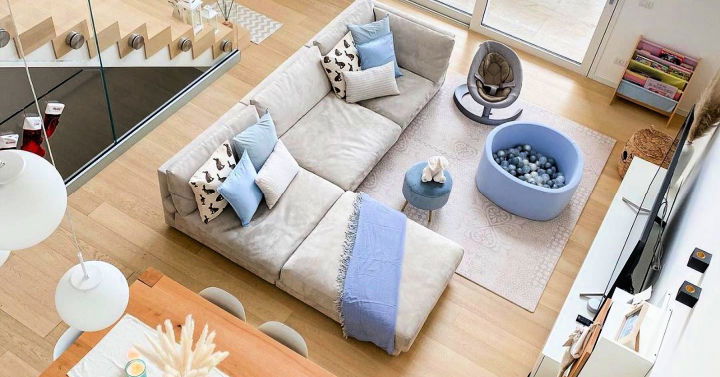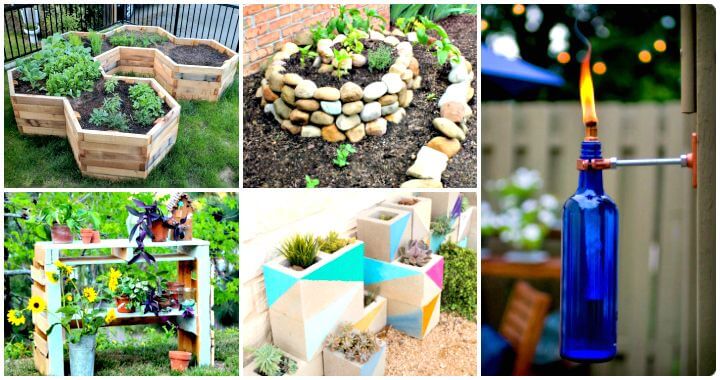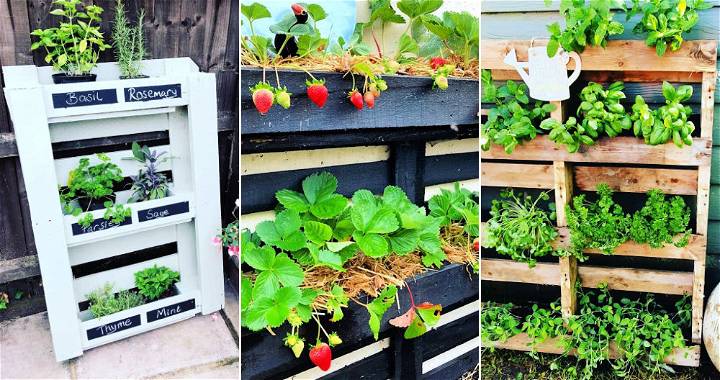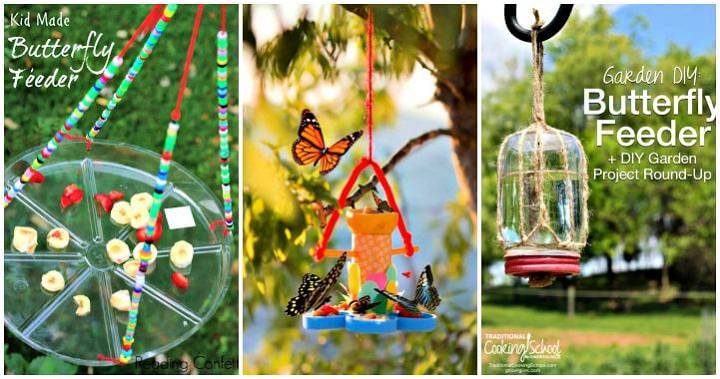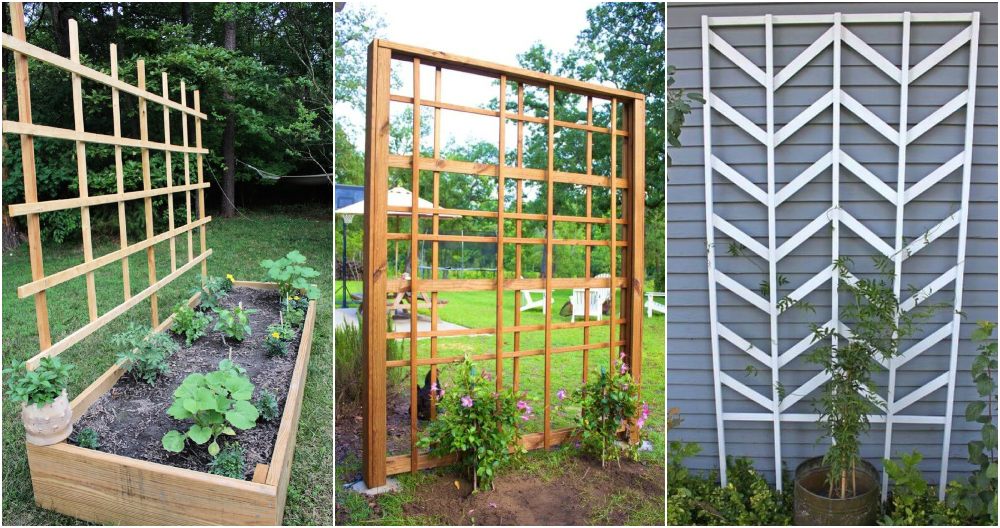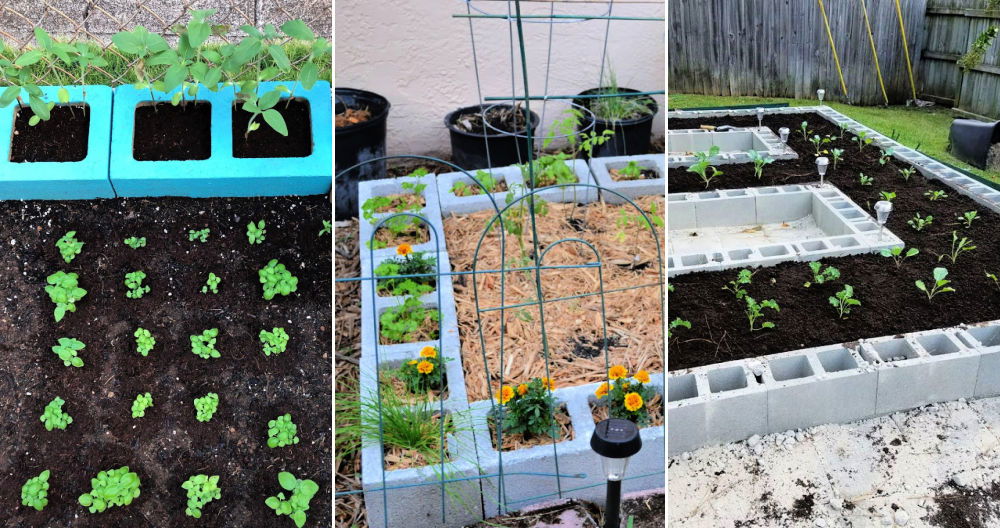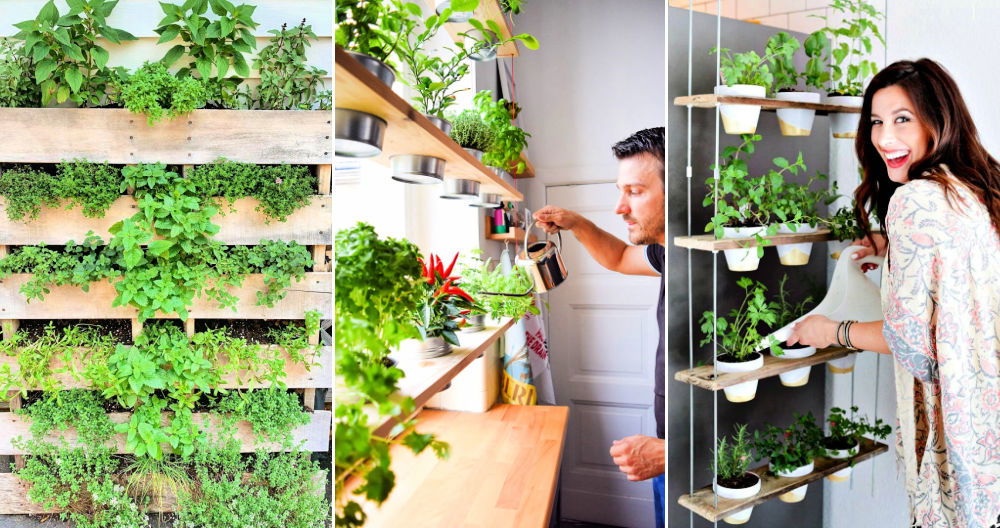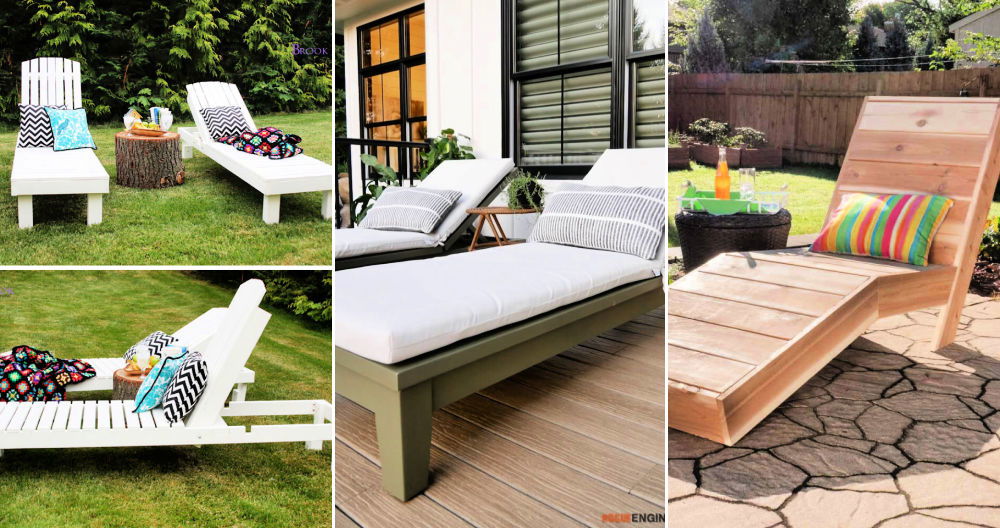Feeling the need to find a little peace at home, I decided to build my own DIY Zen garden. A Zen garden brings calm and order, and making one was both satisfying and straightforward. I just needed some simple tools and materials which you can find easily.
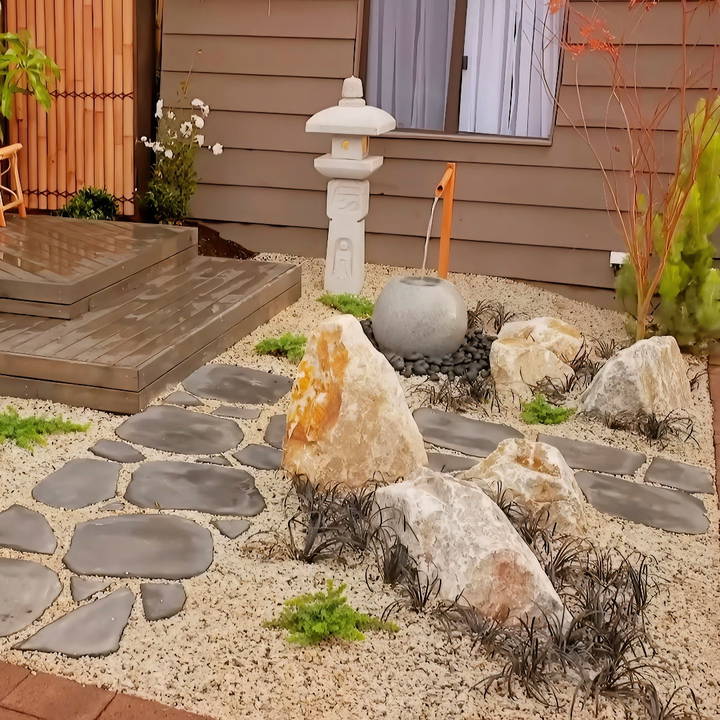
Starting on my Zen garden was exciting. By combining sand, pebbles, and small plants, I achieved a serene, mini oasis in my home. This little project not only beautified my space but also gave me a sense of accomplishment and peace.
I'm helping with this: Follow these steps to build your own DIY Zen garden and feel the magic it brings to your life.
Understanding Zen Gardens
Zen gardens, also known as Japanese rock gardens or karesansui, are a unique form of landscape art designed to evoke tranquility and mindfulness. These gardens are not meant for picnics or playing games; instead, they serve as a place for reflection and meditation.
Origin and Philosophy
The concept of Zen gardens originated from Japan during the Muromachi Period (approximately 1336 to 1573). They were buildd by Zen Buddhist monks as a means of aiding meditation, reflecting the minimalist philosophy of Zen, which emphasizes simplicity and the essence of living in the moment.
Elements of a Zen Garden
A typical Zen garden consists of several key elements:
- Rocks and Stones: These symbolize mountains and islands. They are carefully chosen for their shape and texture and are placed in specific arrangements to promote balance and harmony.
- Gravel or Sand: Raked to represent water ripples, this element symbolizes the fluidity of nature and the mind. The act of raking can be a meditative practice in itself.
- Plants: While not abundant, plants in a Zen garden are selected for their simplicity and are used sparingly. Mosses are common, representing forests and meadows.
- Enclosures: A wall or bamboo fencing often surrounds Zen gardens, making a sense of seclusion and focus.
Building Your Zen Space
To build your own Zen garden, start by selecting a quiet spot in your yard or even indoors if space is limited. Clear the area of debris and decide on the size of your garden. Begin with larger stones as focal points, then add gravel or sand around them. Use a rake with fine tines to build patterns that appeal to you.
Maintenance
Zen gardens require minimal maintenance. Regular raking of the gravel and occasional care for the plants will keep your garden looking its best. As seasons change, so might the appearance of your garden, and that's perfectly okay. It's a reflection of the natural world.
Zen gardens are spiritual refuges that help us slow down and reconnect with nature. Understanding their history and design helps you build a mindful Zen garden. Keep it simple and let it reflect your soul.
Planning Your Zen Garden
Understand your space, gather inspiration, and design your layout for a tranquil retreat. Discover tips for a serene outdoor oasis.
Understand Your Space
The first step in making a Zen garden is understanding the space you have. For me, it was a modest backyard corner longing for a makeover. Assess your space, considering sunlight, surrounding elements, and the garden's purpose.
Gather Inspiration
I drew my inspiration from traditional Japanese gardens, emphasizing tranquility, simplicity, and natural beauty. Research gardens, visit parks, or find online resources to spark your creativity.
Design Your Layout
Sketch your garden layout, considering elements like pathways, water features, rocks, sand, and plants. Your design should promote a flow of energy and a sense of balance.
Materials and Their Importance
- Rocks and Gravel: Essential for making pathways and symbolic water elements. They represent stability and rugged beauty.
- Plants: Choose varieties that offer serene greenery and structure, such as Japanese Maples and Camellias.
- Water Feature: A small fountain or basin adds the soothing sound of flowing water, enhancing the sense of calm.
- Bamboo or Wooden Elements: For fences, gates, or benches, adding a natural, earthy feel.
- Decking: A wooden deck offers a place to sit and immerse in the garden's tranquility.
Step by Step Instructions
Make a DIY zen garden with our step-by-step guide. Learn to install decking, nature elements, rocks, and water features for a calming space.
Clear and Clean
Start by clearing the designated area. Remove any weeds, debris, or unwanted objects. This process symbolizes cleansing and preparing for new beginnings.
Install Major Elements
Lay out the major elements according to your design. Begin with larger features like decks or water features. In my case, constructing a deck was the starting point, providing a serene vantage point overlooking the garden.
Decking:
- Framework: Use treated pine sleepers for the base, ensuring they're suitable for ground contact.
- Concreting: Secure posts with concrete, maintaining good clearance around each post for longevity.
- Deck Boards: For added interest, lay boards diagonally, requiring closer joist placements.
Integrate Nature
Planting is next. Choose species that thrive in your climate and match your garden's aesthetic. I placed a Coral Bark Maple for its stunning color and a few Slimline Camellias for their lush foliage and flowers.
Add Rocks and Sand
Carefully place rocks to promote energy flow. Gravel and sand can be raked into patterns, symbolizing water and encouraging mindfulness.
Install the Water Feature
Position your water feature, be it a bamboo fountain or a simple basin. It's the soul of the Zen garden, promoting peace through its gentle sounds.
Final Touches
Incorporate stepping stones, lanterns, or a bamboo fence for privacy. These elements add the final layer of aesthetics and function to your garden.
Reflections and Maintenance
Building my Zen garden became a journey of reflection and growth. It's a space that invites mindfulness and relaxation, transforming along with the seasons. Maintenance is minimal, focusing on plant health, cleanliness, and the occasional rake pattern refreshment.
Personalization Tips
Building a Zen garden is a deeply personal experience that reflects your individuality and connection to nature. Here are some tips to help you personalize your Zen garden, making it a unique and meaningful space:
- Choose a Theme Your Zen garden should resonate with what brings you peace. Whether it's a mountain landscape, a seaside vista, or a forest retreat, choose a theme that calms your mind and spirit.
- Selecting Stones Stones are the soul of a Zen garden. Pick stones that speak to you—perhaps a smooth river rock, a jagged quartz, or a patterned granite. Each stone has a story; let yours tell yours.
- Sand Patterns The patterns you rake in the sand represent water ripples and are a canvas for your creativity. Experiment with different patterns until you find one that soothes you. There's no need to stick to traditional designs; your pattern is your meditation.
- Plant Choices Plants add life to your Zen garden. Choose species that thrive in your climate and require little maintenance. Succulents, mosses, and low-growing grasses can add texture and color without overwhelming the space.
- Garden Accents Personal touches like a small statue, a decorative lantern, or a bamboo water feature can add character to your garden. These elements should complement, not dominate, the serene atmosphere.
- Seating: Incorporate a seating area where you can sit and absorb the tranquility of your garden. A simple bench or a cushioned mat can serve as a spot for reflection or meditation.
- Lighting Soft lighting can enhance the ambiance of your Zen garden, especially in the evenings. Solar-powered lights or lanterns can provide a gentle glow that highlights the garden's features without being intrusive.
- Seasonal Changes: Embrace the changing seasons by adding seasonal plants or decorations. This keeps your garden in harmony with nature and gives you a reason to engage with it throughout the year.
- Maintenance Routine Develop a simple maintenance routine that becomes a mindful practice. Regularly tending to your garden can be a form of meditation and helps strengthen your connection to the space.
Your zen garden mirrors you. It should be a place of comfort and free thoughts. Make a space reflecting your values.
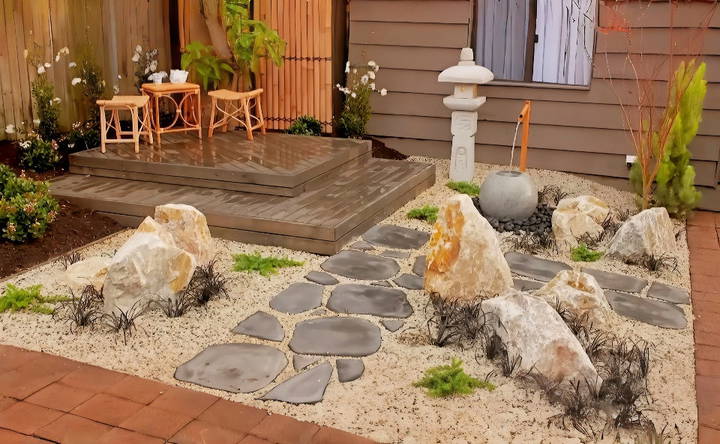
Troubleshooting Common Issues
When making and maintaining a Zen garden, you may encounter a few challenges along the way. Here's a guide to troubleshooting common issues, ensuring your garden remains a place of peace and beauty.
Weed Control
Weeds can disrupt the clean aesthetic of a Zen garden. To manage them:
- Prevent: Lay a weed barrier cloth under the sand or gravel.
- Remove: Gently pluck weeds by hand to avoid disturbing the design.
- Maintain: Regularly rake the sand to discourage weed growth.
Pest Management
Insects and other pests can be a nuisance. To keep them at bay:
- Natural Repellents: Use plants like lavender or citronella as natural deterrents.
- Regular Inspection: Check for and remove pests before they become a problem.
- Cleanliness: Keep the garden free of debris where pests might nest.
Repairing Damage
Weather and wildlife can cause damage. To repair:
- Restore Stones: If stones topple or shift, reposition them carefully.
- Rake Sand: After rain or wind, smooth out the sand with a rake.
- Replace Plants: If plants die, replace them with hardier varieties.
Maintaining Raked Patterns
Keeping your sand patterns pristine can be challenging. To maintain them:
- Regular Raking: Make raking a calming, routine practice.
- Smooth Tools: Use a fine-toothed rake for clean lines.
- Protect from Elements: Use a cover during harsh weather if possible.
Algae and Moss
While moss can be a desired element, algae is not. To manage both:
- Moss Care: Trim and water moss to keep it healthy.
- Algae Removal: Gently scrape away algae without disturbing the sand.
Water Features
If you have a water element, it may need extra care. To maintain it:
- Clean Regularly: Remove leaves and debris from the water.
- Monitor Water Levels: Add water during dry spells to maintain levels.
- Check Pumps: Ensure any pumps are clean and functioning properly.
Address issues calmly to preserve your zen garden's harmony. Maintain with care, seeing it as a meditative act to deepen your bond with the garden.
FAQs About DIY Zen Garden
Discover answers to common FAQs about DIY zen gardens, from materials needed to design tips, making your zen garden project a breeze.
A Zen garden, also known as a Japanese rock garden, is a peaceful space that represents a miniature landscape. It’s made using rocks, gravel, and sometimes plants or water. The idea is to create a simple, tranquil area for relaxation and meditation.
To start, choose a spot in your yard that you find calming. You’ll need basic materials like sand or gravel, stones, and optional plants. Begin by clearing the area, laying down your gravel or sand, and then arranging the stones in a pattern that pleases you. Remember, the goal is simplicity and balance.
Yes, plants can be a part of a Zen garden, but they are not necessary. If you choose to include them, go for species that are low-maintenance and complement the minimalist nature of the garden, like moss or small shrubs.
Maintenance is relatively easy. Regularly rake the gravel to keep it neat and free of leaves or debris. If you’ve included plants, ensure they’re watered and pruned as needed. The simplicity of the design means there’s not much that needs to be done.
A Zen garden embodies the Buddhist principles of harmony, tranquility, and unity with nature. It's designed to be a meditative space where one can contemplate the natural elements and their symbolic meanings. The arrangement of rocks, the ripples in the sand, and the minimal use of plants all serve to build a serene atmosphere that encourages reflection and inner peace.
Conclusion
Making a DIY Zen garden was easier than I thought, and it provides endless moments of tranquility. I encourage you to try this and enjoy its soothing effects.


